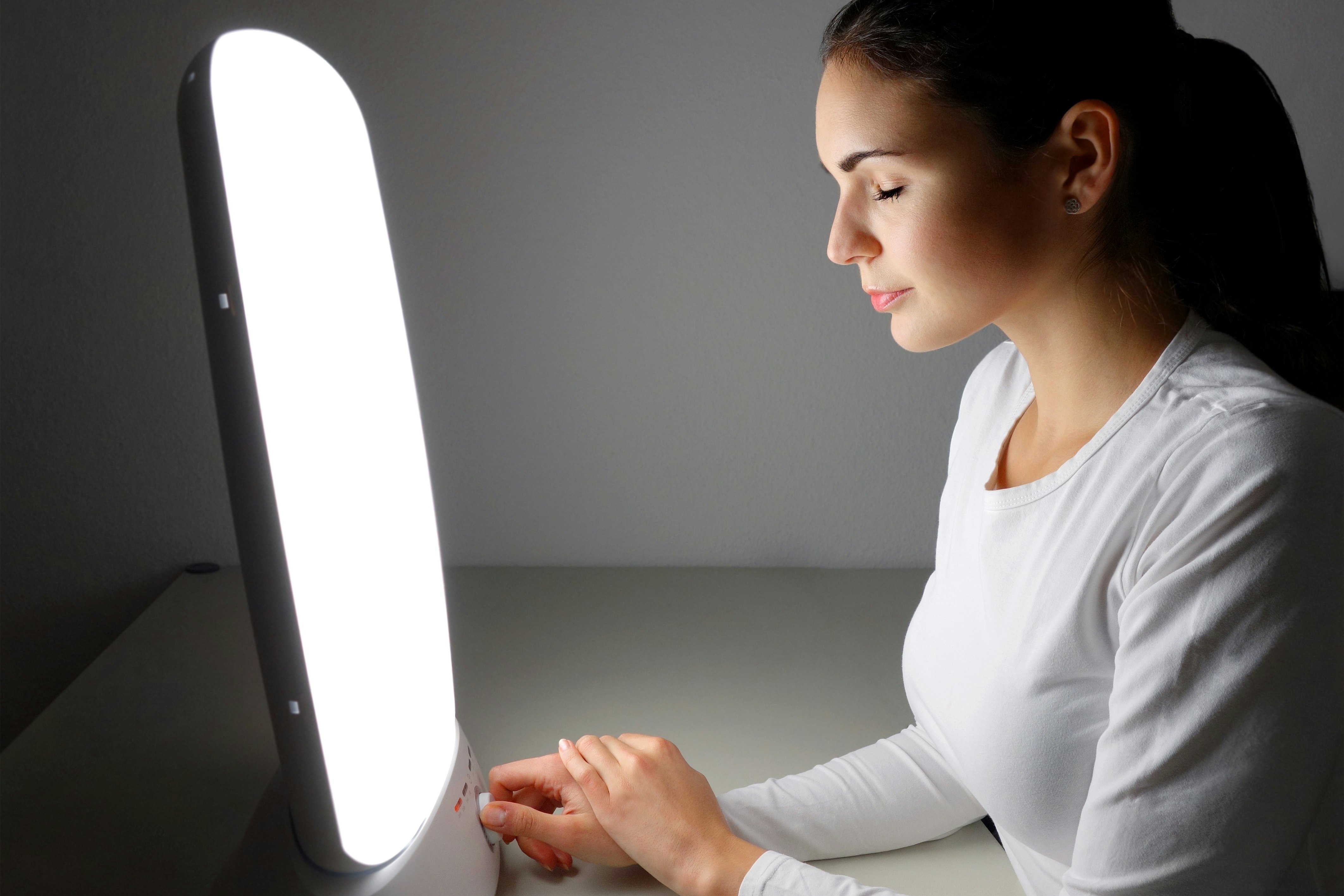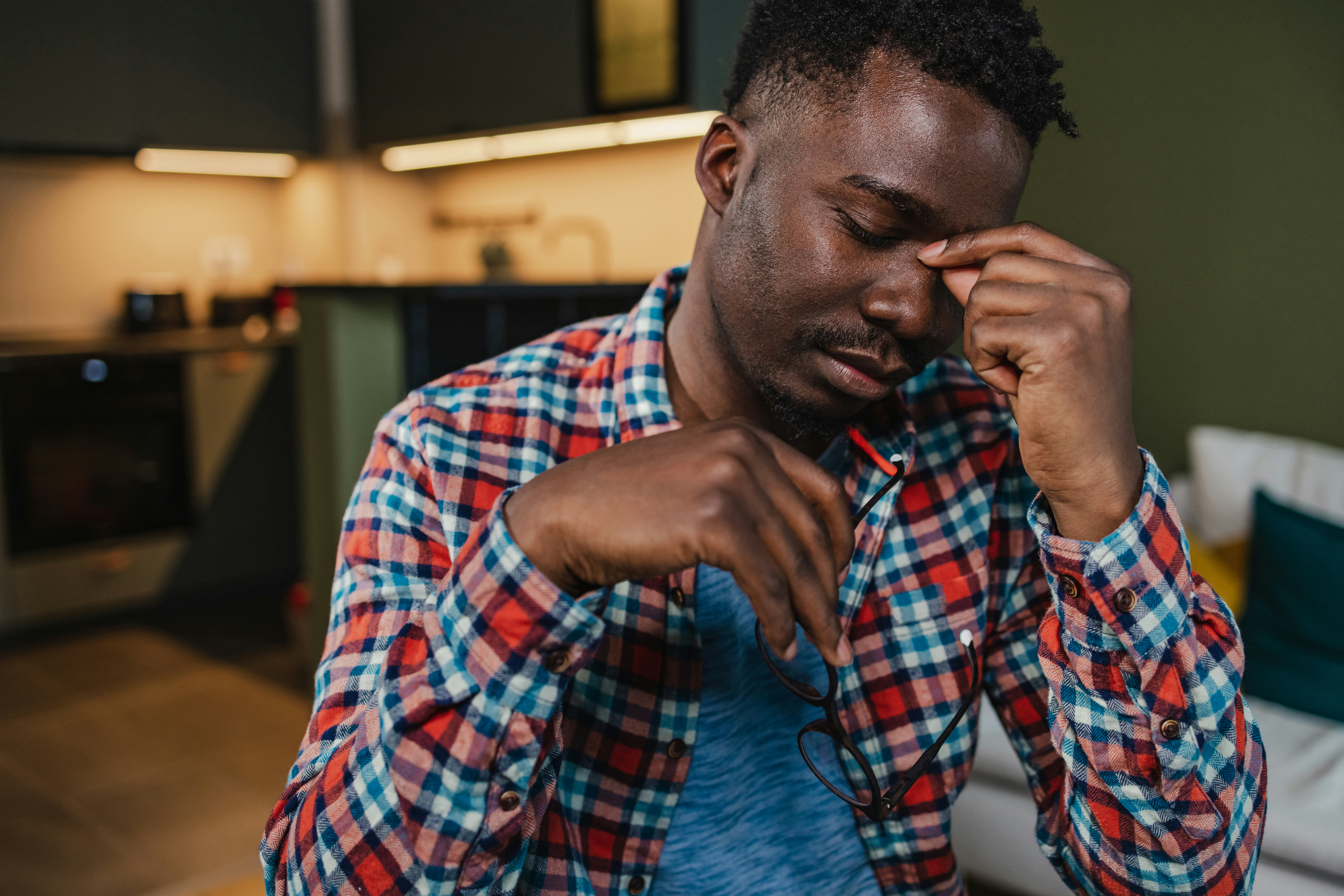
The “winter blues” is more than just a colloquialism; for some people, the winter months come with something they don’t necessarily have for the rest of the year — depression. People who already have a depressive disorder can be affected as well; for some, their symptoms may become more severe in the winter months. It’s called seasonal affective disorder, or the almost too-on-the-nose acronym, SAD.
Formally named in 1982, SAD has been associated not just with the winter months but specifically with the lack of sunlight that comes with this time. The paper published in 1982 recounted the case of a patient with seasonal cycles of depression and mania whose symptoms were alleviated with artificial lighting. For the next 40 years, researchers would continue to study artificial light as a treatment for SAD.
Predictably, an industry of SAD light boxes has arisen in response. Inverse spoke to researchers about what we know about the efficacy of light boxes for the condition, what specs you should consider when buying one, and what other treatments are promising.
What causes seasonal affective disorder, and who gets it?
According to the American Psychiatric Association (APA), about five percent of adults in the United States experience SAD, which is more common in women than men. It typically lasts about 40 percent of the year.
Catherine Forneris, a professor in the department of psychiatry at the University of North Carolina Chapel Hill School of Medicine, tells Inverse that for people in the Northern Hemisphere, SAD can begin as early as September and last through as late as mid-April. The prime months for SAD, though, are October through February.
Dietmar Winkler, an associate professor at the Medical University of Vienna, tells Inverse that, like non-seasonal depression, SAD is “multifactorial.” However, unlike non-seasonal depression, a primary factor is “light deficiency during fall and winter. Less environmental light causes our circadian system to destabilize.” Our circadian system is the innate sleep/wake cycle that functions like a biological clock; it responds to environmental cues like light and food.
In particular, researchers say two hormones — melatonin and serotonin — likely play a significant role in the development of SAD, though on their own likely don’t completely explain the psychopathology of the condition. Some research has suggested a decrease in the hormone tryptophan may also play a role, though, again, doesn’t explain the totality of SAD cases.

SAD is more complex than just the “winter blues,” Forneris adds, “It's also associated with things like an increase in carbohydrate cravings. So, in addition to the mood component, there can also be a physiological component. It makes me think of bears hibernating, but in people, it’s not survivalist or a choice they’re making, it’s just how their biology responds.”
What is light therapy, and does it work?
Since that 1982 case study, light therapy has been one of the first-line treatments for SAD. With light therapy, the person is positioned a few feet away from a special light box designed to mimic outdoor light. (Ideally, this is done as soon as possible after waking up.) The light stimulates the cells in the retina that connect to the hypothalamus, an area of the brain that helps modulate circadian rhythms. Essentially, the light is designed to trick the brain into thinking it’s spring or summer. When light therapy works, the Mayo Clinic explains, it usually does within days or weeks of beginning treatment. That’s consistent with Forneris’ experience.
“The patients I've treated clinically who use light therapy know that’s what they need to do starting in September and October,” she says. “And that prevents them from falling into the ‘pit,’ if you will.”
Although it’s perhaps the most-discussed treatment for SAD, light therapy is far from the only treatment. Doctors may also prescribe antidepressants like bupropion either in conjunction with light therapy or alone. Winkler says daily walks may also help as exercise and exposure to environmental light may help.
Psychotherapy has also been shown to be effective in helping alleviate SAD. Research has found that Cognitive Behavioral Therapy may be as effective as light therapy for people with SAD, possibly with longer-lasting results. This is especially important as not everyone responds to light therapy.
What type of lightbox should I get?
Lightboxes are not tested, approved, or otherwise regulated by the FDA, so it’s important to know what to look for in a lightbox and how to use it. Winkler says in his research that he and his colleagues use light boxes with bright white (full spectrum) visible light with 10,000 lux, a measure of light intensity. That’s about 20 times brighter than typical indoor lighting. Lightboxes also filter out potentially damaging UV light, making light therapy a relatively safe and well-tolerated treatment. Winkler says the light box should be used at a distance of 60 to 80 centimeters for 30 to 60 minutes daily.
The National Institute of Health notes that people with certain eye diseases or on certain medications may not respond well to light therapy, so people should discuss the option with their doctor before beginning treatment.







